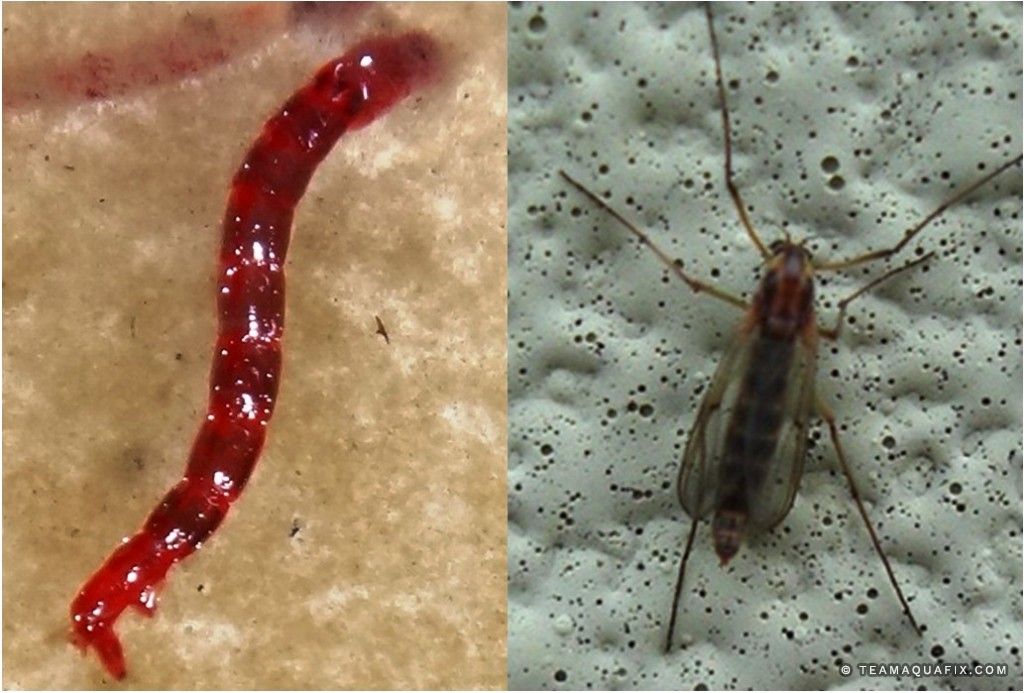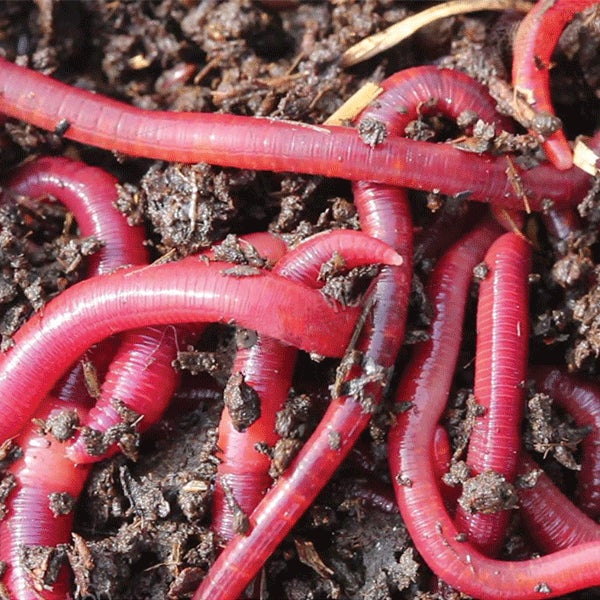Making Use Of Red Wigglers for Efficient Organic Garbage Disposal
These worms not only improve waste disintegration however additionally produce useful worm spreadings, which can significantly boost dirt wellness. Recognizing the nuances of setting up an effective worm container and keeping an optimum habitat is essential for maximizing their advantages.
Advantages of Making Use Of Red Wigglers
Among the most compelling benefits of utilizing red wigglers for organic waste disposal is their remarkable efficiency in composting. These worms, medically called Eisenia fetida, are specifically adapted for damaging down natural materials, allowing them to process waste up to two times their body weight every day. This rapid decay not just increases the composting procedure but also generates nutrient-rich worm spreadings that dramatically enhance soil quality.
In addition, red wigglers add to a reduction in land fill waste. By diverting natural products from garbage dumps, they aid reduce methane emissions-- a potent greenhouse gas. This eco-friendly benefit is crucial in the battle against environment change.
In addition, red wigglers are low-maintenance and can flourish in numerous environments, making them accessible for both amateur and skilled composters. Their capacity to replicate promptly guarantees a consistent population, promoting ongoing waste processing.
Establishing Your Worm Bin
Developing a reliable worm bin is necessary for taking full advantage of the benefits of composting with red wigglers. Guarantee the bin has sufficient drain openings to stop excess wetness, as red wigglers flourish in a moist but not soggy setting.
(red worms)Next, prepare the bed linens product, which serves as the worms' habitat and food source. The container needs to be positioned in a dark, temperature-controlled area, preferably between 55 ° F and 77 ° F, to keep worm task.
As soon as the container is set up, introduce the red wigglers, enabling them to accustom to their brand-new setting. A properly maintained container will not just sustain the health and wellness of the worms however also help with efficient decay of organic waste.
(Lake Rhodhiss Worms)
What to Feed Red Wigglers
An understanding of the ideal diet plan for red wigglers is essential for preserving a healthy and balanced worm populace and maximizing composting performance. Red wigglers prosper on a diverse diet plan that largely includes organic products. Ideal food sources include veggie scraps, fruit peels, coffee grounds, eggshells, and shredded paper. These products not only supply essential nutrients yet additionally add to the dampness balance within the worm container.
It is critical to avoid certain foods that can hurt the worm populace. Red wigglers must not be fed meat, milk items, oily foods, or processed things, as these can bring in insects and create undesirable smells. red wigglers. Furthermore, citrus fruits and spicy foods must be minimized, as their acidity can be damaging to worms
To advertise optimal digestion, food should be cut into smaller items, facilitating quicker breakdown and intake. Presenting food in moderation is additionally crucial; overfeeding can cause anaerobic conditions and bring in undesirable insects. Keeping an eye on the worm container for food intake rates will certainly assist guarantee that red wigglers are receiving an ample diet plan while keeping a reliable composting environment. Correct feeding methods are necessary for fostering a thriving environment within the worm bin.
Maintaining Your Worm Habitat
A well-kept worm habitat is vital for the wellness and productivity of red wigglers. To make sure optimum conditions, it is essential to check temperature, moisture, and aeration within the worm container. Red wigglers grow in a temperature variety of 55 to 77 levels Fahrenheit. Surpassing this array can stress the worms, so it is necessary to place the bin in an ideal location away from direct sunlight and extreme temperature levels.
Dampness degrees need to be maintained regular; the bed linens needs to be moist however not soggy. A great guideline of thumb is to preserve wetness at roughly 70% to 80%. If the bed linens useful site comes to be also damp, it can cause anaerobic conditions that are dangerous to the worms. Including dry carbon-rich products, such as shredded paper or cardboard, can assist take in excess wetness.

Using Worm Spreadings in Horticulture
Rich in nutrients and helpful microbes, worm spreadings work as a remarkable natural fertilizer for gardening. Generated via the digestive procedures of red wigglers, these spreadings consist of a variety of vital nutrients, including nitrogen, phosphorus, and potassium, which promote durable plant development. Unlike synthetic fertilizers, worm spreadings use a slow-release system, ensuring that nutrients are available to plants over an extensive period, thereby reducing the threat of nutrient leaching and soil depletion.
In enhancement to nutrient web content, worm castings improve dirt structure and aeration, boosting moisture retention and drainage. The microbial life present in worm spreadings helps to reduce virus and advertises a healthy dirt ecological community, additional profiting plant health. When integrated right into the dirt or used as a top dressing, worm spreadings can significantly increase seed germination prices, origin growth, and overall plant vigor.
For optimal outcomes, garden enthusiasts need to apply worm castings at a rate of 1-2 inches per square foot, mixing them into the soil or integrating them right into potting blends. In general, utilizing worm spreadings is an eco-friendly method to enhancing dirt fertility and guaranteeing thriving garden environments.
Conclusion
